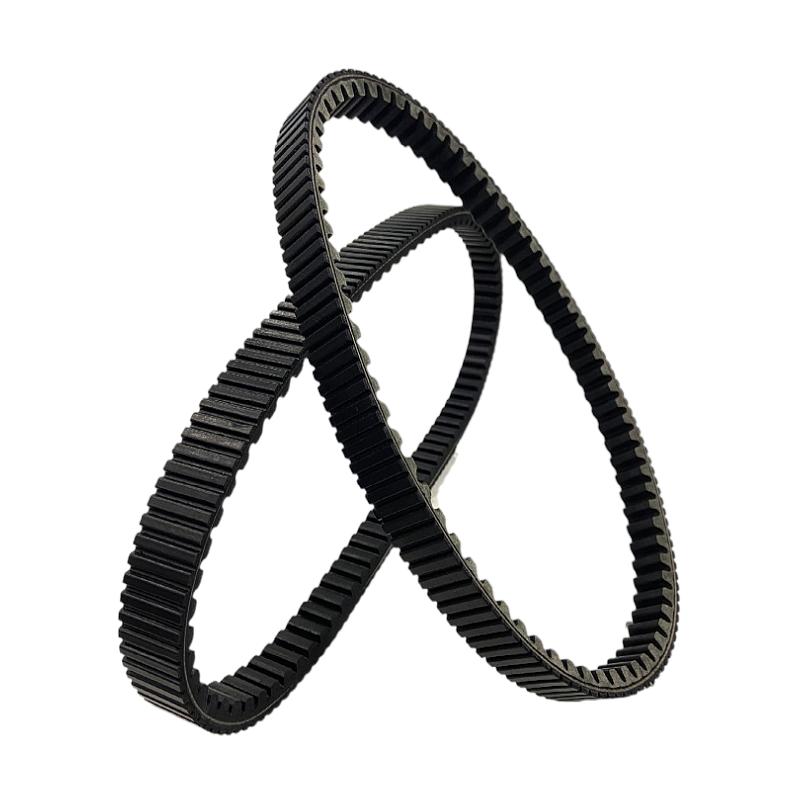- Arabic
- French
- Russian
- Spanish
- Portuguese
- Turkish
- Armenian
- English
- Albanian
- Amharic
- Azerbaijani
- Basque
- Belarusian
- Bengali
- Bosnian
- Bulgarian
- Catalan
- Cebuano
- Corsican
- Croatian
- Czech
- Danish
- Dutch
- Afrikaans
- Esperanto
- Estonian
- Finnish
- Frisian
- Galician
- Georgian
- German
- Greek
- Gujarati
- Haitian Creole
- hausa
- hawaiian
- Hebrew
- Hindi
- Miao
- Hungarian
- Icelandic
- igbo
- Indonesian
- irish
- Italian
- Japanese
- Javanese
- Kannada
- kazakh
- Khmer
- Rwandese
- Korean
- Kurdish
- Kyrgyz
- Lao
- Latin
- Latvian
- Lithuanian
- Luxembourgish
- Macedonian
- Malgashi
- Malay
- Malayalam
- Maltese
- Maori
- Marathi
- Mongolian
- Myanmar
- Nepali
- Norwegian
- Norwegian
- Occitan
- Pashto
- Persian
- Polish
- Punjabi
- Romanian
- Samoan
- Scottish Gaelic
- Serbian
- Sesotho
- Shona
- Sindhi
- Sinhala
- Slovak
- Slovenian
- Somali
- Sundanese
- Swahili
- Swedish
- Tagalog
- Tajik
- Tamil
- Tatar
- Telugu
- Thai
- Turkmen
- Ukrainian
- Urdu
- Uighur
- Uzbek
- Vietnamese
- Welsh
- Bantu
- Yiddish
- Yoruba
- Zulu
تشرینی یەکەم . 14, 2024 13:17 Back to list
Guide to Replacing Your Car's V-Belt Efficiently and Effectively
Understanding V-Belt Car Replacement A Comprehensive Guide
When it comes to maintaining the performance and longevity of your vehicle, one crucial component that often goes unnoticed is the V-belt. Also known as the serpentine belt, the V-belt plays a vital role in powering several components within your car, including the alternator, air conditioning compressor, and power steering pump. Given its importance, understanding when and how to replace a V-belt is key for any car owner or enthusiast.
What is a V-Belt?
The V-belt is named for its distinctive V-shaped cross-section, which allows it to grip the pulleys efficiently without slipping. Unlike older vehicles that used multiple belts for various systems, most modern vehicles utilize a single serpentine belt, which simplifies the engine layout and cutting down space and weight. This belt is made from a durable rubber compound, reinforced with fibers to withstand the stress of constant movement.
Signs That Your V-Belt Needs Replacement
While V-belts are designed for durability, they are not impervious to wear and tear. Here are some signs that may indicate it’s time to consider a replacement
1. Visible Cracks or fraying Inspect the belt periodically. If you notice visible cracks, fraying, or signs of excessive wear, it's time for a replacement.
3. Stretched Belt Over time, a V-belt can stretch and no longer maintain the correct tension, leading to poor performance of the components it drives.
4. Dashboard Warning Lights Some vehicles are equipped with warning systems that will alert you if there’s an issue with the serpentine belt or the functions it supports. Pay attention to these warnings.
How Often Should You Replace Your V-Belt?
Many vehicle manufacturers recommend inspecting the V-belt every 30,000 to 60,000 miles. However, it’s important to consult your owner's manual for specific recommendations as belt replacements can vary based on the make and model of your vehicle. Regular inspections can catch early signs of damage and prevent costly repairs.
Steps for Replacing a V-Belt
v belt car replacement

If you’re comfortable with DIY car maintenance, replacing a V-belt can be a straightforward task. Here’s a basic outline of how it’s done
1. Gather Your Tools Before you start, make sure you have the necessary tools. You will typically need a socket set, a wrench, and possibly a belt tensioner tool.
2. Disconnect the Battery Safety should always come first. Disconnect the negative terminal of the battery to prevent any accidental electrical issues.
3. Locate the Belt Routing Diagram Most vehicles have a belt routing diagram located under the hood or in the owner’s manual. Refer to this diagram to ensure you understand how the belt is installed.
4. Release Tension on the Belt Use the tensioner tool to relieve tension on the belt. This will allow you to easily remove the old belt.
5. Remove the Old Belt Take note of how the belt is threaded through the pulleys. Once you’ve retracted the tensioner, remove the old belt from the pulleys.
6. Install the New Belt Following the belt routing diagram, install the new V-belt over the appropriate pulleys. Make sure it sits properly in the grooves.
7. Reapply Tension Once the new belt is in place, use the tensioner tool to reapply tension on the belt.
8. Reconnect the Battery After everything is secure and you’re confident in the installation, reconnect the battery.
9. Test the Belt Start your vehicle and observe the new belt in action. Listen for any unusual noises and check that all components powered by the belt are functioning correctly.
Conclusion
In summary, the V-belt is a crucial component of your vehicle's operation. Regular inspection and timely replacement can save you from unexpected breakdowns and costly repairs. Understanding when and how to replace your V-belt not only helps keep your car running smoothly, but it also enhances your knowledge as a car owner. Always consult your vehicle’s manual for specific maintenance guidelines and don’t hesitate to seek professional assistance if you feel unsure about the process. With proper care, your V-belt can provide reliable service for many miles to come.
-
Korean Auto Parts Timing Belt 24312-37500 For Hyundai/Kia
NewsMar.07,2025
-
7PK2300 90916-T2024 RIBBED BELT POLY V BELT PK BELT
NewsMar.07,2025
-
Chinese Auto Belt Factory 310-2M-22 For BMW/Mercedes-Benz
NewsMar.07,2025
-
Chinese Auto Belt Factory 310-2M-22 For BMW/Mercedes-Benz
NewsMar.07,2025
-
90916-02660 PK Belt 6PK1680 For Toyota
NewsMar.07,2025
-
drive belt serpentine belt
NewsMar.07,2025

